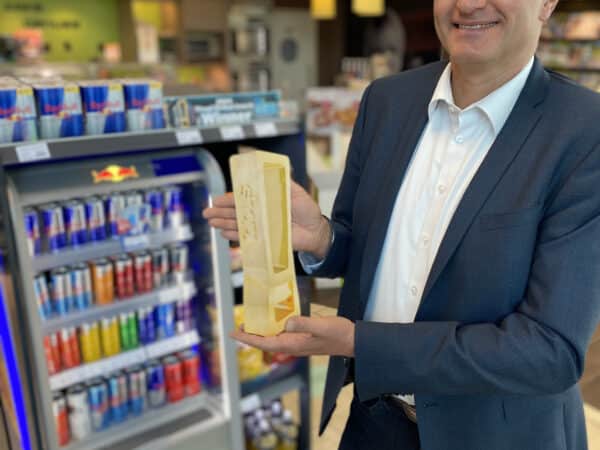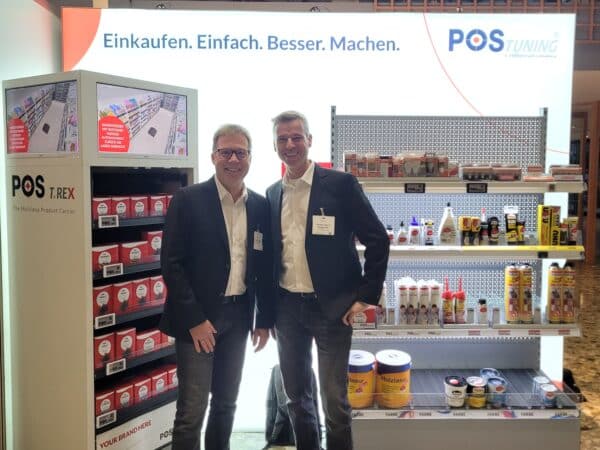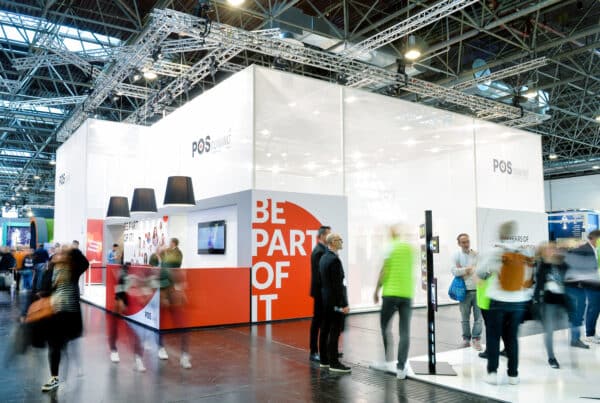An interview with Chris Harder
The special feature of ESL rails from POS TUNING
Currently, things are changing in the retail sector. Companies are retooling and investing in the future. One big topic is electronic price labels. In an interview with Chris Harder, Customer Director Retail, we shed light on the topic that moves the trade.

What are the advantages of electronic price labels compared to conventional ones?
Chris Harder: Electronic shelf labels (ESL) have the great benefit that paper becomes redundant. The CO2 footprint is reduced for the retailer. Another advantage can be found in the process costs. With conventional paper labels, every label has to be replaced whenever prices are adjusted. These costs can be saved with digital price tags.
There are different suppliers of electronic price labels. Isn’t it difficult to attach all the different labels to the rails?
Chris Harder: Yes, this is a challenge. Due to the multi-supplier strategy, different tags are used in the branches. Thus, a rail has to be designed in such a way that as many types of tags as possible can be attached.
POS TUNING is currently working on a large ESL (Electronic Shelf Labels) project with a drugstore chain. What is special about this project?
Chris Harder: We have to integrate two different tag manufacturers in one profile. In addition, various advertising materials such as promotional signs are to be attached. In any case, the tags should only be able to be moved to a certain extent. With our universal rail, we can solve these requirements very well.
How can it be prevented that the tags are simply stolen from the rails?
Chris Harder: A special unlocking mechanism allows the tags to be moved — but to remove them, the user must know how the mechanism works.




